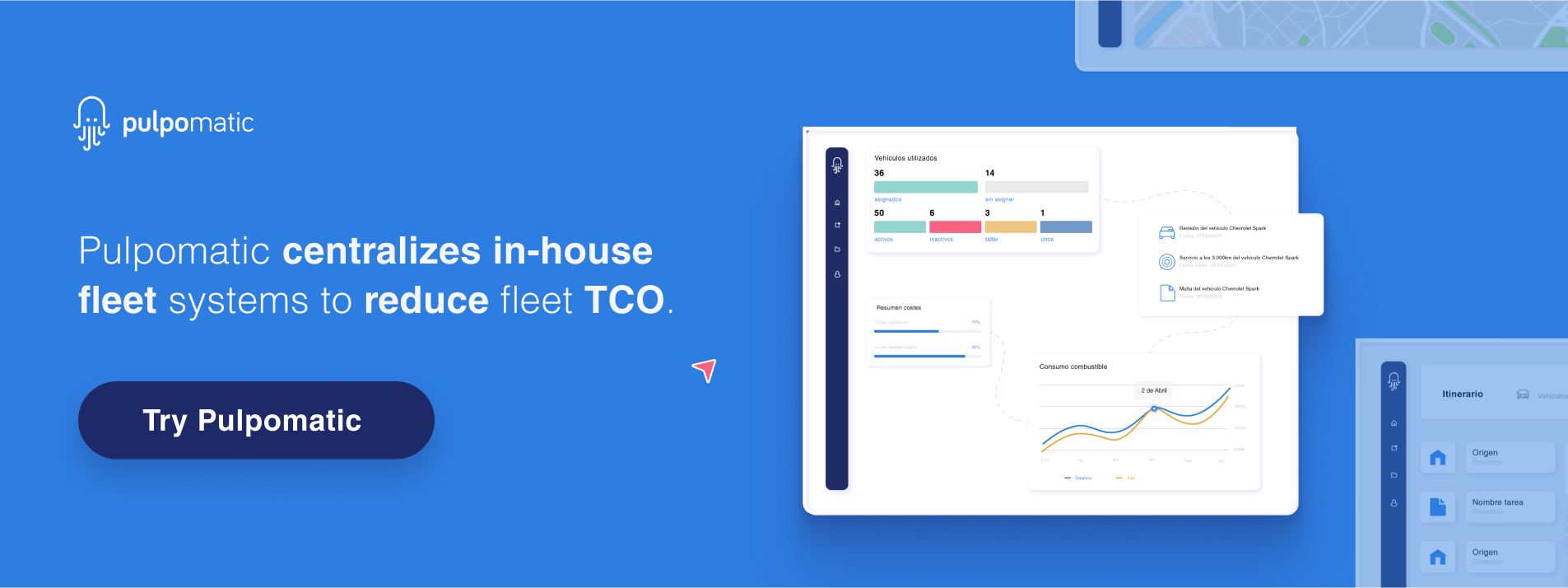Protecting our assets is extremely important when managing a commercial fleet. Drivers and vehicles play a key role in fleet safety, thus ensuring safe driving is a constant task. We invite you to learn the 5 essential steps to improve safety while reducing the accident rate.
Importance of promoting safe driving
The US NHTSA published a report showing a 52% increase in crashes involving cargo vehicles since 2009. Seventy-four percent of all fatal crashes involving passenger vehicles involve a large truck.
The study highlights some factors in accidents that could be avoided if we took into account the importance of fleet maintenance. For example, tire defects, which account for about 30% of truck-related accidents.
Points to consider to carry out a safe route
One of the main professional challenges facing fleet managers is safe driving. Concern for driver and vehicle safety is a constant challenge; in particular, employee non-compliance with safety policy. For this reason, we list some tips to facilitate good fleet driving and driving safety.
Preventive maintenance
Preventive maintenance has an important role to play in reducing unplanned downtime and positively impacting scheduling.
To maximize efficiency and optimize preventive maintenance tasks, many fleets are taking advantage of advanced fleet management software. Creating and managing preventive maintenance programs allows you to set service reminders, view repair history and manage all fleet maintenance in one organized system.
Integral security policy
The development of specific policies creates a safety standard. This process of creating laws and rules can include, for example, driver logs and accident policies. All drivers must read and sign this safety policy. Other actions involve promoting preventive driving and sending safety newsletters to drivers as a reminder of these policies.
Training is also part of the safety policy. All drivers must have access to information on safe driving strategies and techniques, including instruction on defensive driving.
Safety equipment
A vehicle must be equipped with the necessary items in case of an emergency. This protocol implies having a well-stocked first aid kit. Also a flashlight, a blanket and water.
This equipment can help save a life should a problem arise. Even if it is never used, there should be a safety kit in every vehicle. Making sure the first aid kit is on board should be part of the driver's daily checklist.
Fleet monitoring
Fleet monitoring with equipment monitoring software can contribute to positive safety results. These cost-effective solutions can identify unsafe driving practices, such as speeding, oversteering or hard braking.
With this data, drivers can be re-educated before the behavior becomes established. Fleet monitoring can even help with vehicle recovery in the event of theft or loss.
Error analysis
Reviewing mistakes and learning from them is essential to avoid recurrence. An accident review protocol is essential to analyze each incident in detail, especially the cause and responsibility. The conclusions should be communicated in a transparent manner to drivers. On the other hand, it is advisable to plan and activate an action protocol to minimize accidents should they occur. This will include what the driver and fleet manager should do after an accident.
All of these actions are not just for safe driving enjoyment: they can also result in improved overall operations and reduced costs. In addition, we know that we have done everything possible to find a safe route for our employees.
